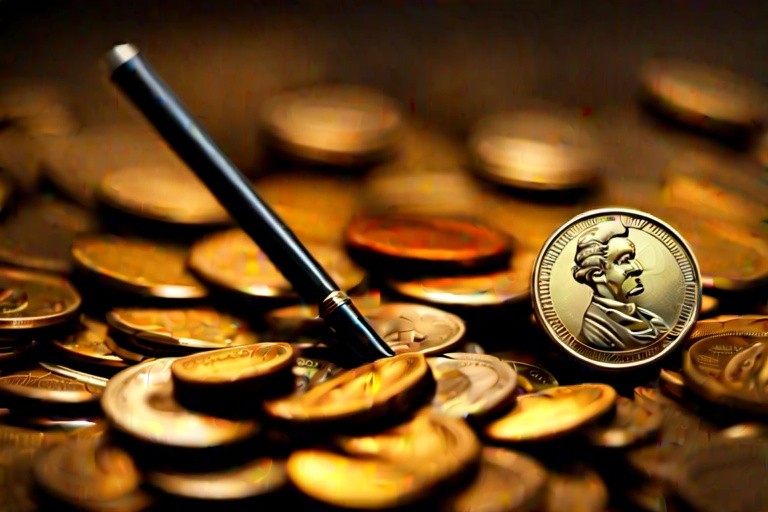Coin collecting, also known as numismatics, is an endlessly fascinating hobby that combines history, art, and economics. Whether you are drawn to the hunt for rare treasures, the study of ancient civilizations through their currency, or the allure of investing in precious metals, coin collecting offers something for everyone.
Coin collecting, also known as numismatics, is an endlessly fascinating hobby that combines history, art, and economics. Whether you are drawn to the hunt for rare treasures, the study of ancient civilizations through their currency, or the allure of investing in precious metals, coin collecting offers something for everyone.
Understanding Coin Valuation
At the heart of the hobby is the understanding of coin valuation. Coin values are influenced by a combination of rarity, condition, demand, and precious metal content. It's essential to consider each of these factors when assessing a coin's worth.
Rarity and Its Impact
A coin's rarity is perhaps the most exciting aspect of its valuation. Rare coins that have survived the passage of time in limited numbers can capture the imagination and wallets of collectors. Coins can be rare for several reasons, such as low initial mintages, survival rates over time, or being part of a one-time mint error. Understanding rarity involves not only knowing the number of coins minted but also how many exist today.
Grading and Condition
The condition of a coin, commonly referred to by collectors as "grade," is crucial. A coin with minimal wear and maximum original luster will be more valuable than one with signs of heavy use. Professional grading services, like PCGS and NGC, offer standardized grading scales from Poor (P-1) to Perfect Mint State (MS-70). These companies encapsulate coins in protective slabs with their grade assessed, adding to the coin's credibility and liquidity.
Demand Drives Value
Demand is the engine that drives the coin market. Collector interest can vary based on numerous factors, such as a coin's historical era, design, or even personal interest. For instance, coins from the early American period or those associated with significant historical events often have a robust collector base.
Exploring Coin Specialties
Collecting can be a general pursuit or centered around specific niches. Some individuals focus exclusively on ancient coins, while others prefer modern mint releases. Specialization allows collectors to hone their expertise and often leads to a deeper appreciation of their chosen niche.
The Importance of Research and Education
Education is a cornerstone of successful collecting. Knowledge about a coin's history, the context in which it was minted, and its place in a larger collection can significantly enhance its value to you personally. Utilizing books, online resources, and coin clubs can expand your numismatic knowledge and help you make more informed decisions.
Final Thoughts
Coin collecting is a dynamic and rewarding hobby that offers a unique blend of intellectual stimulation and potential financial reward. Understanding the basic principles of coin valuation is essential, whether you're a beginner just starting or an experienced numismatist looking to refine your expertise.
Stay tuned to our blog for more insightful articles on various aspects of coin collecting, from deep dives into specific types of coins to tips on building and maintaining a valuable collection. Whether you seek the thrill of the hunt, the joy of historical discovery, or the goal of a profitable investment, numismatics is a world rich with opportunity.
Happy Collecting!
In sum, the crux of coin collecting lies in the knowledge of coin valuation. This involves an understanding of rarity, condition, and what drives demand among collectors. Developing specialized interests, conducting thorough research, and staying connected with the numismatic community are key components of a successful and rewarding experience in the world of coins. Whether you are a treasure hunter, a preserver of history, or both, the realm of coin collecting awaits with its myriad of opportunities to explore.
Information for this article was gathered from the following source.


